Integrated circuits have revolutionized the world we live in, powering everything from the smartphones in our pockets to the complex computer systems that drive modern industries. But have you ever wondered exactly how do integrated circuits work? In this blog, we’ll take a deep dive into the workings of integrated circuits.
What is an Integrated Circuit?
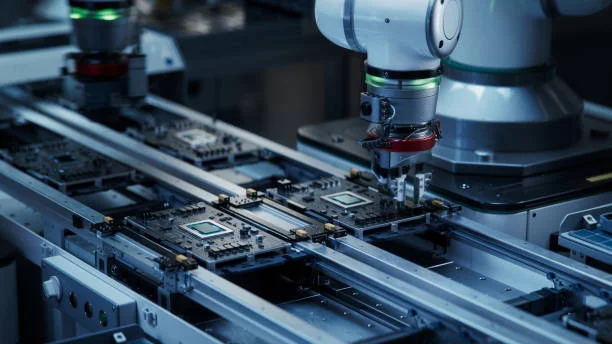
Definition of integrated circuit: An integrated circuit is a miniature electronic circuit that integrates multiple electronic components, such as transistors, resistors, capacitors, diodes, etc., on a semiconductor chip.
It integrates a large number of electronic components in a very small space through advanced manufacturing technology, achieving a high degree of functional integration and complex circuit functions. These components are interconnected and work together to perform specific electronic functions, such as signal processing, data calculation, etc.
How Do Integrated Circuits Work?
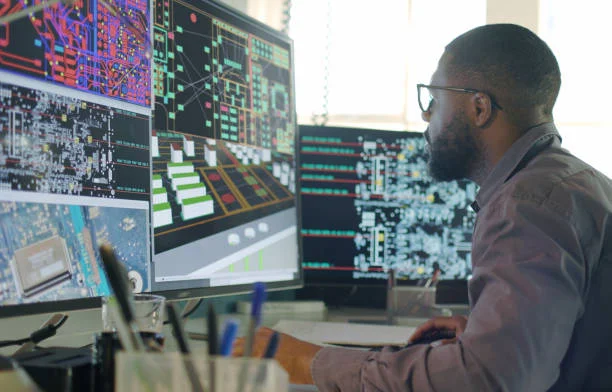
How does an integrated circuit work?First, an integrated circuit is a miniature electronic circuit that combines multiple components such as transistors, resistors, capacitors, and diodes onto a single semiconductor substrate. This remarkable feat of engineering allows for extremely high levels of integration and functionality in a very small space.
The key to understanding how integrated circuits work is the behavior of transistors. Transistors act as switches or amplifiers, controlling the flow of electrical current. They are the building blocks of digital circuits, which can process and manipulate binary information. In an integrated circuit, thousands or even millions of transistors are interconnected in a specific pattern to perform a specific task.
The manufacturing process of integrated circuits is a complex and highly precise endeavor. It begins with the selection of a suitable semiconductor material, usually silicon. The silicon wafer is then subjected to a series of manufacturing steps, including deposition of thin films, patterning using photolithography, and etching to create the desired circuit layout.
During the photolithography process, masks are used to transfer the circuit pattern to the wafer. Various materials are subsequently deposited to form the different components of the integrated circuit. The final step is to connect all the components together using metal interconnects.
Once the integrated circuit is manufactured, it is ready to work. When an electrical signal is applied to the input of the circuit, the transistors and other components interact in a specific way to process and generate the output signal. The behavior of the integrated circuit depends on its design and the way the components are interconnected.
Comparative Advantages With Traditional Circuits
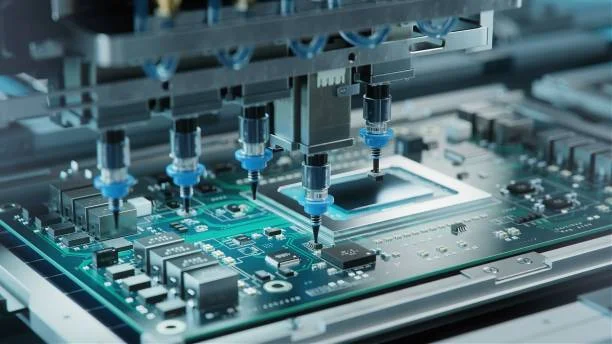
Miniaturization
Integrated circuits greatly reduce the size and weight of circuits, making them more compact than traditional circuits and more suitable for various miniaturized electronic devices.
High integration
A large number of components can be integrated in a very small area to achieve more powerful and complex functions, while traditional circuits often require a larger space to arrange components.
Performance improvement
With better electrical performance and higher operating speed, signal transmission is more stable and fast.
High reliability
Due to the high integration of components, the number of connection points and solder joints is reduced, reducing the probability of failure.
Cost Reduction
Large-scale production makes the cost of integrated circuits relatively low, while traditional circuits are often more expensive in manufacturing and assembly costs.
Easy to Design and Modify
Designed integrated circuits can be simulated and optimized by software, and modifications are relatively easy, while modifications to traditional circuits are more cumbersome.
Specific Applications of Integrated Circuits
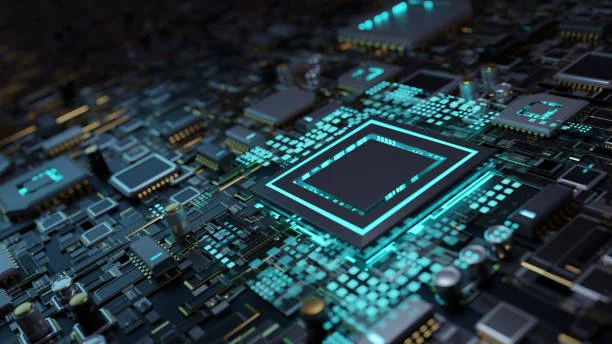
The following are some examples of specific applications of common integrated circuits in different fields:
Computer Field
Central processing unit (CPU): It is the core of the computer and is responsible for performing various computing and control tasks, such as the Intel Core series.
Graphics processing unit (GPU): It is used to process graphics and image-related calculations, which is crucial in games and graphic design, such as NVIDIA’s graphics card chips.
Communication Field
Mobile phone baseband chip: It realizes the connection and data transmission between the mobile phone and the communication network, such as the baseband part of Qualcomm Snapdragon.
Network router chip: It handles functions such as forwarding and routing of network data packets.
Consumer electronics field
Smart TV chip: It is responsible for image display, sound processing, and operation of smart operating systems, such as the self-developed chips of some well-known TV brands.
Bluetooth chip: It is used to realize Bluetooth connection function, which is commonly found in wireless headphones, speakers and other devices.
Digital camera image processor chip: It processes the captured image data to improve image quality and performance.
Future Technological Development Direction of Integrated Circuits
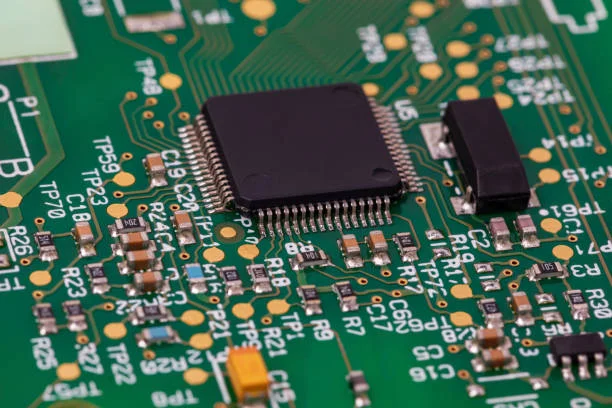
The following is a discussion on the future development direction of integrated circuit technology:
Smaller Size:
- Continue to pursue smaller transistor size and adopt more advanced process technology, such as moving towards 3nm, 2nm or even smaller nodes. This will further improve the integration level and accommodate more components in the same area.
- Develop new materials and structures to achieve smaller size, such as the application of nanowires, two-dimensional materials, etc.
Higher Performance:
- Develop faster transistors to improve data processing and transmission speed.
- Optimize circuit design and architecture to improve overall performance.
Multi-function Integration:
- Highly integrate circuit modules with different functions, such as integrating sensors, processors, communication modules, etc. on a chip to achieve system-level integration.
Low Power Consumption:
- Develop more energy-saving technologies and components to meet the requirements of mobile devices for endurance.
- Use new power management technologies to reduce power consumption.
Intelligent Integration:
- Combine artificial intelligence technology to enable integrated circuits to have intelligent learning and adaptive capabilities.
- Realize intelligent computing at the hardware level to better support artificial intelligence applications.
Quantum Computing Integration:
- Explore the integration of quantum computing and traditional integrated circuits to open up new paths for future high-performance computing.
Three-dimensional Integration:
- Not only integrate on the plane, but also develop into three-dimensional space, build multi-layer stacked integrated circuit structures, and further expand the integration space.
With the continuous advancement of technology, these development directions will promote and integrate each other, promote integrated circuits to continuously move to new heights, and bring stronger technical support and innovation possibilities to various fields.
Conclusion
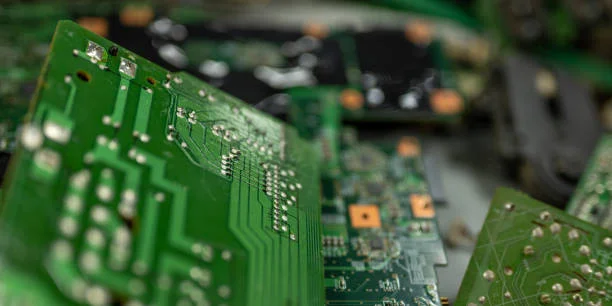
Integrated circuits play a vital and key role in modern science and technology. It is the core foundation of modern electronic devices, enabling many high-tech products such as computers, smart phones, and communication systems to achieve miniaturization, high performance, and intelligence.
By highly integrating various electronic components, integrated circuits have greatly improved the speed and efficiency of information processing and transmission, and promoted the rapid development of the Internet, artificial intelligence, big data, and other fields. It is widely used in various industries such as medical care, transportation, and energy, improving people’s lives and working methods, and promoting social progress and development.
If you want to know more comprehensive information, please click on our website.